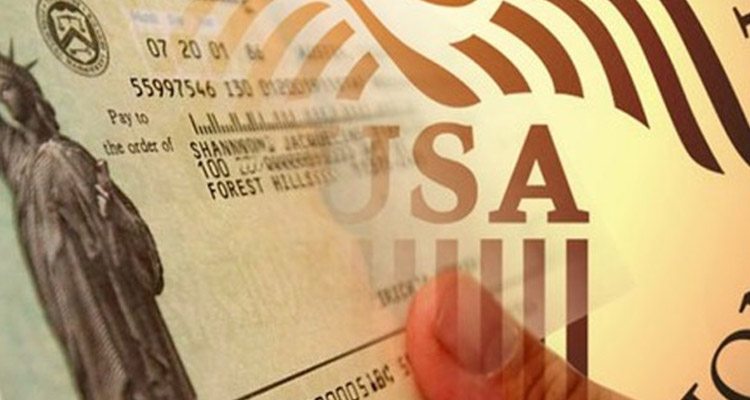IRA Contributions: Risky or Rewarding

Investing your money in an Individual Retirement Account or IRA can give you a lot of benefits. You can easily save up to $5,000 per year with a traditional IRA, and, if you’re above 50, add another $1,000 to that amount. IRA contributions grow on a tax-deferred basis, meaning your money will grow tax-free till such time as you decide to withdraw your funds. And the best part is that in 2018, if you have a modified adjusted gross income of up to $63,000 per year (or up to $101,000 if you’re a couple), then you can take a deduction on your income tax up to the amount of your IRA contributions limit. However, if your income is over the limit for deductions, or if your earnings are more than the allowable limits, then you might want to consider non-deductible IRA contributions.

Benefits of Non-Deductible IRA Contributions
Once you retire and start withdrawing funds from your traditional IRA, your pre-tax IRA contributions as well we the earnings on them are now subject to income tax. However, when you make non-deductible IRA contributions, you will use after-tax money for it, which will then count as the amount of capital investment you have made for tax purposes. What this effectively means is that when you withdraw this money as a distribution of your IRA, then you are, in effect, getting your money back – tax free.
Dangers of Non-Deductible IRA Contributions
One of the biggest problems that you could end up having when employing non-deductible IRA contributions is that you might accidentally end up paying taxes twice. While you don’t have to pay any taxes on the contributions themselves, you do have to pay taxes on their earnings. So if you don’t keep meticulous records, you might end up getting taxed twice. Backdoor Roth Conversions: the correct way to make non-deductible IRA contributions is by converting them into Roth IRAs, where your earnings can grow tax free. Ideally, this should be done immediately to prevent earnings from accruing in your IRA account, which would then be taxable. This strategy is known as Backdoor Roth Conversion and is a sensible – and legal – step to take when your actual tax rate is lower than you expect it to be in future.
The challenge you could face here is that according to the Tax Cuts and Jobs Act, you can’t reverse you Roth IRA once you convert it. Additionally, if you have multiple Roth IRAs, opting for a backdoor Roth conversion may actually cost you more in taxes. This is because the IRS ends up assessing your taxes based on the total of all the balances rather than just the amount that you have converted. Therefore, if you are still planning to keep non-deductible IRA contributions and not convert them into Roth IRAs immediately, then you should ensure that you keep your cash separate from pre-tax IRA contributions. This will ensure that your accounts are completely non-deductible. However, do ensure that you keep track of your IRA contributions so that you don’t end up paying taxes twice.











